In India today there is an increasing conflict between two streams of thought which have increasingly come to dominate the intellectual space: the streams of liberalism and that of cultural nationalism. This is, in some ways, a reflection of global tides, yet, it is also uniquely Indian. All over the world, this conflict may be new, largely a product of globalisation, however in India it is as old as the foundation of the Indian national movement and the movements that lead up to it. On the one hand was that of cultural nationalists and on the other hand were the liberals tied to western globalised mores[i]. It would be neither possible nor correct to posit specific political and national leaders in this spectrum during the national movement, just like it is a fallacy to posit the Indian National Congress as being of one or the other. As was both the need and the sign of the times, broadly, the voices strode the two undercurrents which bore the national movement, the old culture and the ancient civilisation of India, and, the pulls of the newly globalising, modernising world (and yes, even then at the turn of the century, the world was globalising very rapidly), deeply influenced by western European and American values. The struggle of the leaders of the national movement which was in essence both a modernising movement as well as a movement against the British who typified modernisation of the time, to create a modern state out of an ancient civilisation is palpable and obvious, and filled with contradictions and compromises.
The divisions have become pronounced over time, as they were bound to become. The reconciliation of the two streams which was remarkably reached at the time of the two path breaking moments of India’s journey to become a modern state (a) the act of the creation of the state of the political entity of India, which consisted of getting independence from foreign rule and putting together politically the subcontinent of India under one government, and, (b) of the creation of a constitution of India, which balanced the need of the ancient civilisation and that of the modern state, is increasingly becoming frayed.
The reasons are many and this is not the place (in an article on law) to go through the entire discussion, but let it be said that the differences between the two streams in India has grown exponentially in the last few decades, both due to the fact that the political compromises which were reached at the time of independence became relics of the past, as well as because of the forces of globalisation which exacerbated the conflict of the local and the global.
In the Indian intellectual sphere, which is reflected in the legal academia, the conflict has become pronounced. While the elite educational academic institutions have remained tied to the forces of liberalised globalisation, both liberal and libertarian, there has been an undercurrent, largely marginalised, but increasingly vocal which has spoken out on the issues which encompass the concerns of “cultural nationalism”. This article is an attempt to flesh out some of the broad conceptions and ideas which permeate the conceptualisation of the constitution as an aspect of “cultural nationalism”.
What is Cultural Nationalism in the legal world?
“Cultural nationalism” has various names globally, though it is doubtful that they all mean the same thing. In some countries it is called conservatism[ii]. In others it is referred to as “exceptionalism”[iii], that is the circumstances which make the country unique. In other countries it is simply referred to as “Nationalism”[iv]. In some others as “illiberal democracy”[v]. In other countries they are identified with religious precepts which are uniquely national as in Iran, or cultural practices which are uniquely perceived to be national like Asian values in Malaysia. Shorthand terms which are perceived to be the dominant ideologies of their countries have also at times been used to indicate differences with the prevalent liberal / libertarian consensus like Communism in China.
However, the term most frequently used in approximation to the concept of cultural nationalism in India is conservatism in the Anglophone world. A term, which as a coherent philosophy, has been in existence from the time of Edmund Burke[vi]. It has been articulated by numerous scholars in United Kingdom and the United States of America, too numerous to enumerate in this article.
In the United States of America, the idea of conservatism in the context of a written constitution, has taken the shape of the legal idea of “constitutional originalism”. The ideas of “constitutional originalism” promoted by the organisations like the Federalist Society and the Heritage Foundation[vii] are now accepted as part of the legal mainstream in the United States of America. Supreme Court Judges like Antonin Scalia and Clarence Thomas have been at the forefront of incorporating and pushing the conceptions of “constitutional originalism” or “reading the constitution as it is” as against the idea of “a living constitution” or “constitutional progressivism”[viii].
In the United Kingdom on the other hand, the judiciary has pushed back against the idea of politicisation of the judiciary along American lines,[ix] however there seems to be an increasing accumulation of judicial power at the cost of Parliamentary Sovereignty[x], which is the cornerstone of British Parliamentary democracy. In fact, the Conservative Party has actually proposed that they would bring a law to circumscribe the power of judicial review[xi].
In Australia though the High Court has largely worked on the British model[xii] yet there have been increasing cries to ensure more Conservative judges are appointed to the High Court.[xiii] The High Court has also at times have had explicitly liberal activist judges like Justice Michael Kirby and there has always been an undercurrent of politics which have pervaded the judiciary[xiv].
In Israel there has been a very long protracted battle between liberal judges and the executive on the issue of judicial review[xv] which has been predicated on the fight between liberals and conservative nationalists, which has heightened over time[xvi]. In South Africa, after the initial years of interventionism, the Supreme Court has increasingly shied away from confronting politics directly[xvii]. It is also to be noted that appointments to the Court has increasingly become politicised and controversial[xviii] ironically because of the process of “transformative constitutionalism” which. Transformative Constitutionalism aims to “transform” South Africa from the apartheid state to that of a modern democratic one, thereby over time ensure that the majority of the judges reflect the society which they come from, that is from the Black community.
All over the world there has been an increasing conflict between what is perceived as globalised “liberal” values and the values of cultural nationalism, whichever way one may want to use the term. The most important site of contestation as has been narrated above has been constitutional law which is the basic framework document of the country. While liberal judges or in some cases judgments want to incorporate global liberal values specially while interpreting cultural mores and norms, there has been a push back from cultural nationalists stressing on local and indigenous values which are perceived to be fundamental to the countries in which the constitutional law operates.
The Indian Judiciary and Cultural Nationalism
The Indian judiciary, for obvious reasons of history, has much more in common with the judiciary of the United Kingdom than it has with that of the United States[xix]. The role of the Indian judiciary and how it perceives itself is therefore more akin to that of the United Kingdom, than that of the United States. It scrupulously keeps itself aloof from party political debates, however it is often accused of judicial activism very similar to that of the United Kingdom and like judiciary of the United Kingdom there is definitely no conservative or liberal, original or progressive ideology which pervades the Court. In fact, as has been observed by TT Arvind in his article “ Legal ideology, legal doctrine and the UK’s top judges”[xx], that there are liberal judges whose views seem to prefer an interpretation of the law, which allows unhindered state action which may favour the actions of a conservative government, while there are judges who are perceived to be conservative who adopt a view that restricts interpretation of state power, which on many occasions promote rights of individuals against the state. And these have nowhere been definitive or cast in stone.
There are therefore, not judges but judgments, which can be culled out as pointers to interpretations of the Indian Constitution which favour a cultural nationalist perspective. Ironically, the same judges who have handed down judgments which have been milestones in cultural nationalist interpretations of the Constitution, in other judgments have favoured a liberal interpretation of the Constitution[xxi].
There are many judgments which can be interpreted as a liberal or a cultural nationalist. Some known, others not so known, outside the immediate community of scholars who engage with the issues. The importance of the judgments is therefore sometimes not even apparent from the judgment itself, but the issues which the judgment does not address. The two prime examples of this is the Ram Sethu[xxii] case, where the court asked the then Government of the day to consider possible alternate alignment of the Sethusamudram project after extensive hearing, and the Abhiram Singh v. C.D. Commachen (3)[xxiii], where the Supreme Court chose actually not to address the issue of the definition of Hindutva as being not materially relevant to the case, and decided the matter on other issues.
There have been numerous other judgments which have been celebrated as judgments which have interpreted the constitution in a way which could be construed to be in line with India’s unique culture. Some of the most prominent are marked as indicators. However, as has been discussed above, the decisions of the Supreme Court has not been a one-way street and there have been numerous judgments which have been perceived to be pushing liberal and therefore western values on Constitutional law. Some of the major ones which have been areas of concern for cultural nationalists in the recent past are also set out and also the controversy and issues that they have raised.
The Hindutva Judgments[xxiv], wherein the Court put forward the formulation that Hinduism, Hindutva could be equated with Indianisation, is as close to the argument by cultural nationalists as could be made[xxv]. This proposition was then dissented from by another bench in Abhiram Singh v. C.D. Commachen (1)[xxvi], wherein the Court expressly referred the matter to a larger bench. This eventually came to be decided in Abhiram Singh (3)[xxvii], without addressing the issue of Hindutva at all, but on the question as to what is the scope of Section 123 of the Representation of Peoples Act, 1951.
The question of religious minorities and the exceptional rights given to religious minorities under the Constitution and the expansive way the Courts have interpreted these rights is also a matter which raises significant concern amongst the cultural nationalist circles. The Court has addressed the question of religious minorities and who constitutes a religious minority in TMA Pai Foundation v. State of Karnataka[xxviii], where the Court came to the conclusion that the definition of who constitutes a religious minority would vary from state to state and extended the right under Article 29 and 30 to everyone by construing the provisions to be “protection” rather an exclusive right. This principle was reiterated and upheld in PA Inamdar v. State of Maharashtra[xxix]. The judgment of Bal Patil[xxx], where the Court had to deal with the definition of who is a “religious minority” and which the Court addressed by a very nuanced understanding of the culture and practices of the people and by analysing the issues behind framing of the constitutional provisions regarding religious minorities, while addressing the question as to whether the Jains are a religious minority. However, the judgment in Right to Education Case (1)[xxxi] has again reverted back to the logic of the rights under Article 29 and 30 being exclusive minority rights entitled to be treated at a higher pedestal from other fundamental rights. Needless to say, that it has given rise to consternation amongst the cultural nationalist legal community.
The various judgments in relation to Ram Janmabhoomi, to many also signified the pulls and pressures of politics and the controversies before the Court. Starting from the first of the major judgments of Ismael Faruqui v. Union of India[xxxii] and ending in Mohammad Sidiq v. Mahant Suresh Das[xxxiii], the twists and turns of the case have been many. Even though some of the cultural nationalists may not have been happy with the reasoning of the Court in Mohammad Sidiq[xxxiv], they are conscious that the judgment facilitated the resolution of a dispute which has been fundamental to the broader movement of cultural nationalists in the country as a whole.
Some of the prominent judgments which have animated the discussions on the side of the cultural nationalists are the series of judgments on cow slaughter, the conflict apparent between the major judgment of the Court in State of Gujrat v. Mirzapur Moti Kureshi Kasab Jamat,[xxxv] which concluded that the total prohibition of cow slaughter was permissible, and, the dilution of the principle in Akhil Bharat Goseva Sangh (3)[xxxvi], which held that the judgment in Mirzapur Moti Kureshi Jamat case[xxxvii] did not declare that cow slaughter was unconstitutional. That, coupled with the series of judgments on the interpretation of Prevention of Animal Cruelty Acts, where the issues of faith, the importance of cows in culture and the provisions of the Act, have been addressed on numerous occasions by the Supreme Court, has been at the forefront of the issues of concern.
Judgments on personal law have also been an area of concern for the cultural nationalist legal community, the disparity in personal laws and the demand for a Uniform Civil Code has been a long- standing demand of the broader political movement as well as secular modernists. The argument has it’s origin both in Article 44 of the Constitution as well as the need to have uniform laws for all citizens similar to criminal laws in the country. In that the judgment of the Court regarding the validity of Triple Talaq which was much anticipated. Though the Court in Shayara Bano v. Union of India[xxxviii], eventually struck down the legal validity of “Triple Talaq”, however the fact that the Court avoided the testing of personal laws including the practice of “Triple Talaq” on fundamental rights did not go unnoticed. The question of conversion for the purpose of marriage has also received resonance. The practice, though deprecated in Sarla Mudgal v. Union of India[xxxix], the proposition has been much diluted in Lily Thomas v. Union of India[xl]. In spite of the pious observations of the Court in John Vallamatom v. Union of India[xli], sadly Article 44 still remains a dead letter.
The right to religious conversion has been subject of much controversy amongst the cultural nationalist legal community as well. While the judgment of Rev. Stainislaus v. State of M.P.[xlii], upheld the restriction of using force or allurement for the purposes of conversion, that stand has been tempered by the subsequent judgments of the Court in Shafin Jahan v. Ashokan K.M.[xliii], where the Court upheld the right to marriage under Article 21 being the right to life and thereafter religious conversion, even though there were clear allegations of unfair methods being used for conversion. This concern also spills into the concern of the attempt to extend the rights given to Scheduled Castes under the constitution to religions of non-Indic origin ostensibly on the grounds of discrimination, and, the very contested question as to whether members of Scheduled Tribes who have converted into non tribal religions are entitled to maintain the “dual benefits” as Scheduled Tribes as well as religious minorities.
The other major question which has been greatly debated is the concept of “secularism”, as indeed the question of what it means in the Indian context. The Court in SR Bommai[xliv], actually went on to endorse the conception of secularism American style as the Chinese wall between the Church and the state, against a line of existing precedents however over a period of time, the Courts have reverted back to the old definition of “Secularism” in the Indian context being “Sarva Dharma Samabhava” or “equal distance from all religions”[xlv]. The question as to whether the Court has managed to treat all religions equally in actuality and in practise is a question which has agitated the minds of cultural nationalists from the time the word “Secular” was put in the Preamble of the Constitution and which remains a live question till today.
The matters have been brought to a head by the “Transformative Constitution” Judgments[xlvi], where the Court used the twin logic of the constitution being a “transformative document” and the need to inculcate “constitutional morality” to:
“108. The concept of transformative constitutionalism has at its kernel a pledge, promise and thirst to transform the Indian society so as to embrace therein, in letter and spirit, the ideals of justice, liberty, equality and fraternity as set out in the Preamble to our Constitution. The expression “transformative constitutionalism” can be best understood by embracing a pragmatic lens which will help in recognising the realities of the current day. Transformation as a singular term is diametrically opposed to something which is static and stagnant, rather it signifies change, alteration and the ability to metamorphose. Thus, the concept of transformative constitutionalism, which is an actuality with regard to all Constitutions and particularly so with regard to the Indian Constitution, is, as a matter of fact, the ability of the Constitution to adapt and transform with the changing needs of the times.
- It is this ability of a Constitution to transform which gives it the character of a living and organic document. A Constitution continuously shapes the lives of citizens in particular and societies in general. Its exposition and energetic appreciation by constitutional courts constitute the lifeblood of progressive societies. The Constitution would become a stale and dead testament without dynamic, vibrant and pragmatic interpretation. Constitutional provisions have to be construed and developed in such a manner that their real intent and existence percolates to all segments of the society. That is the raison dêtre for the Constitution.”[xlvii]
The most controversial was the Sabarimala judgment (1)[xlviii], where interestingly, the arguments for the constitution being a transformative document for a universal liberal society, and, the argument that the constitution needs a cultural interpretation were both put forward with brilliance and erudition, as part of the majority and the dissent. In fact, it is the exceptional dissent which has in many ways come to exemplify the broader challenge to “transformative constitutionalism” from the viewpoint of “cultural constitutionalism”:
“481. The concept of constitutional morality refers to the moral values underpinning the text of the Constitution, which are instructive in ascertaining the true meaning of the Constitution, and achieve the objects contemplated therein. Constitutional morality in a pluralistic society and secular polity would reflect that the followers of various sects have the freedom to practise their faith in accordance with the tenets of their religion. It is irrelevant whether the practice is rational or logical. Notions of rationality cannot be invoked in matters of religion by courts.
- The followers of this denomination, or sect, as the case may be, submit that the worshippers of this deity in Sabarimala Temple even individually have the right to practise and profess their religion under Article 25(1) in accordance with the tenets of their faith, which is protected as a fundamental right.
- Equality and non-discrimination are certainly one facet of constitutional morality. However, the concept of equality and non-discrimination in matters of religion cannot be viewed in isolation. Under our constitutional scheme, a balance is required to be struck between the principles of equality and non-discrimination on the one hand, and the protection of the cherished liberties of faith, belief and worship guaranteed by Articles 25 and 26 to persons belonging to all religions in a secular polity, on the other hand. Constitutional morality requires the harmonisation or balancing of all such rights, to ensure that the religious beliefs of none are obliterated or undermined.”
Interpreting the Constitution through the prism of Cultural Nationalism
It is apparent that a cultural nationalist interpretation of the constitution, requires the acknowledgment of two very important things (a) the culture of the country and the civilisational basis on which the culture exists, and (b) the uniqueness of India as a country. In other words, the constitution needs to be interpreted in context of history, politics, society and culture and not based on universal values including a liberal / libertarian interpretation of Human Rights.
A cultural nationalist interpretation of the Constitution is therefore of two parts, the first part acknowledges that the formation of the Constitution is a product of history and of political developments during the time of what is known as the independence movement. Momentous decisions have been taken and political compromises have been arrived at the time of the movement, and, during the framing of the Constitution in the Constituent Assembly, which were a product of the movement and the debates arising as a result of the movement. A consistent cultural nationalist interpretation upholds these compromises. To take three examples, the first the debate in relation to Hindi as the official language, the place of other regional languages, and the position of the English language under the constitution is encapsulated in Article 343 to Article 349. The wordings of the articles clearly also enunciate what is the nature of the compromise and why it was struck. The policy as to languages under the Constitution is clearly enunciated in the said provisions. The Court should respect the compromise. The second is the question of who are Scheduled Castes for the purposes of the Constitution. Needless to say, that a cultural nationalist interpretation expects it to be consistent with the spirit and wordings of the Rajah Moonje and the Poona pact, which formed the source of the reservation for Scheduled Castes as provided in the Constitution. The third is the idea of the Rights of religious minorities as enumerated in the Constitution in the provisions of Article 29 and 30. A cultural nationalist interpretation would prefer an interpretation which would be more in line with the political understandings which underlay the framing of the provisions in the Constitution subsequent to the partition of the country and the creation of the Republic. There are numerous others including the issue of the very nature of the original Preamble and the basis and understanding of the role of the judiciary under the Constitution, which are also issues of continuous debate in the cultural nationalist legal fraternity.
In some ways this part of the approach is very close to the originalist interpretation which is so favoured by US Conservative lawyers in understanding the Indian Constitution, however this is in many ways coupled uniquely in India, with the approach of understanding the Constitution in the context of the unique civilisational character of India. The origins of this strand of argument originates in the continuous conflict between traditionalists and moderns which underlay the Indian freedom of movement and the numerous attempts by traditionalists and indigenous intellectuals to come up with an alternate framework to the modern legal framework of Governance in the country[xlix]. The failure to get such “civilisational” values incorporated as binding obligations under the Constitution, has resulted in a critique which demands an interpretation which is more consistent with Indic / Bhartiya values. Again, there are numerous sites of contestation but some of the more important points are highlighted here as examples. The attempt to read Indic / Bhartiya values, including in the famous provisions of Articles 39 (a) and (b), 40, 43, 47 and 48, which are better known as Gandhian provisions but which are actually provisions which have deep resonance with the concerns of cultural nationalists is one such. Another is the demand for an interpretation to include duties as fundamental to the exercise of rights in the Constitution. This can be in the form of Article 51A as well as other civic duties which are understood to be essential to the exercise of one’s rights as a citizen of this country. A third is to have a limited reading of the freedom of speech so that it doesn’t hurt the religious and cultural sensitivities of others, in a way which is consistent with acceptable speech in Indian society and the contours of the actual spirit of Article 19 including the restrictions therein. A fourth is about the continuous effort as part of Article 26 of the Constitution to allow the widest freedom to religious groups to run and operate places of worship and methods of worship, only circumscribed by the specific injunction of opening places of worship to all classes and sections of Hindus under Article 25. Lastly there is a continuous push to understand cultural and religious norms in the context which they are practiced and not be tested on foreign or western or liberal or universal norms of behaviour. In other words, to have a Dharmic interpretation of the Constitution, which would interpret the Constitution in a holistic manner and not be held hostage only to Rights rhetoric, which is the hallmark of western / European/ liberal / libertarian methodologies of interpreting the constitution.
Though this is seemingly easy in first blush, this is not very easy to achieve in the age of increasing globalisation and the globalised rhetoric of universal values and norms, not the least in the area of human rights. It can also be argued that in an increasing globalised world with globalised concerns to interpret the constitution through the prism of “exceptionalism” Indian or otherwise seems archaic if not regressive.
This further becomes an increasingly sensitive issue on matters concerning gender and social equality. The argument being, that if the existing culture is that of hierarchy and dominance of specific groups, then interpreting the constitution culturally will only strengthen inherent inequalities and inequities in the constitution. This argument came to a head in Indra Sawhney[l], however the Supreme Court acted with great nuance and effectively diffused the situation by relying on Indic conceptions of society based on the broader ideas of equity. No doubt the solution was not a happy one for everyone, but it struck a chord which was very different from the Sabrimala judgment[li], wherein answering broadly the same issue of equality, the Court attempted to measure the existing Indic cultural norms on universal liberal parameters through the conception of “transformative constitutionalism”.
The other major concern is obviously of religious minorities whose rights have been the subject of much contestation from the time of the framing of the constitution. This is because the Constitution, even in the face of partition which was acknowledged to be on “communal lines”[lii], chose to protect religious minority rights. These rights have over a period of time given rise to various angularities in their actual implementation, which have raised concerns of “reverse discrimination”. The contrasting approaches of the Supreme Court in TMA Pai Foundation v. State of Karnataka,[liii] and Right to Education Case (1)[liv] which have interpreted the same rights is an indicator of what the cultural nationalist lawyer finds problematic. In the first, the Supreme Court was of the view that the rights which were extended to religious minorities under Article 30 could be extended to everyone, while in the second the Supreme Court said that the rights of religious minorities in Article 30 were actually on a higher pedestal than other fundamental rights of the Constitution.
The future of Cultural Nationalism in Indian Constitutionalism
As we discussed in the earlier part of the article, the conflict of conservative / exceptionalist / cultural nationalist legal interpretations of Constitutions through the world are coming into increasing conflict with the ideas of universalist liberal / libertarian ideas which had been hitherto uncontested specially after the end of the Cold War.
In Indian legal academia, the opposition to legal liberalism was always largely confined to legal libertarians, both of which were extensively taught in western law schools and written about in the legal treatises on law. Conservative / Exceptionalist / Cultural nationalist readings of the constitution or indeed of any law, was not taught in Law Schools in the country or outside, largely because these interpretations were not considered modern enough. This led to a peculiar situation wherein Indian Courts would apply indigenous Indic solutions to Indian legal questions, while framing the rhetoric in western liberal thinking[lv].
This led to severe complications, as we know, including the need to define words which were completely foreign to Indian society in Indian terms, with meanings which were very different from that it was originally different. The oft quoted example of defining “Secularism” as “Sarva Dharma Samabhava”, and Socialism as something akin to Gandhian Socialism are issues which are known to all. There were numerous others. The most famous of them being off course the transformative constitutionalism judgments, wherein the Supreme Court, attempted to conceive a jurisprudence to create a new society on universal lines using the Constitution as a tool.
However, there is an increasing amount of literature throughout the world which promote an interpretation of law which takes into account the culture of the place and its unique history[lvi] which the law originates and not based on values which are construed to be universal. The theory being that the work of a legal interpretation is to facilitate legal solutions for indigenous problems and issues and not to solve universal problems. In other words, the jurisprudence of societies like the United States of America and the United Kingdom as indeed of South Africa and Canada are contextual to them and must not be universalised and applied to societies which are far removed from them like India. No doubt that good practices anywhere in the world can be suggestive of possible solutions just like the Indian Constitution borrowed tools of constitutionalism from different parts of the world, however, just like the Indian Constitution, those tools and solutions have to be thoroughly indigenised before their application. The problem is that such has not been the case of liberal / libertarian oriented western / universalist jurisprudence which is far removed from the culture and day to day life of the people of the country.
Cultural Nationalism (in its myriad forms or monikers) as an interpretive method of the Constitution definitely suggests itself as vastly more accurate and relevant in today’s times than any Universalist methodology. The reason is because of its connection to people’s lives and the possibility of it being adapted to actual problems in a language and context understood by the common people. The “grand rhetoric” of universal law and rights have little resonance in the day-to-day life of the people. For a reading of the Constitution to be made truly democratic it has to reflect the way of the people which it governs and has to be translatable in an idiom understandable to them. Any accurate reading of the Constitution has to arise from the genius of the people who use it, or at the very least be made suitable for their use. Any interpretation of the Constitution further must necessarily also reflect the political compromises and understandings of norms which are a result of historical development in the lives of the people and society which it aims to regulate. The history and political and civic understandings of societies cannot be universalised and made applicable to other societies with completely different culture, history and politics and neither can the norms that govern them be made applicable to societies which are fundamentally different. The age for interpreting the Constitution as received wisdom has passed and rightly so.
This dislocation from the past has obviously led to a rising conflict between those who interpret the Constitution, and even a demand that the political beliefs of judges be disclosed American style[lvii] before they are appointed to the judiciary. Irrespective of the obvious frivolity of such a demand, what it indicates is that there is a growing discomfort in the existing elites of Indian legal academia and activists who have been connected to westernised legal thinking (first British and then American) with the “subaltern” push of cultural nationalists to interpret and indigenise constitutional interpretations.
The greatest criticism of the cultural nationalist legal school so far by the universalists, including the liberals and the libertarians, has been that legal cultural nationalism is not a coherent legal philosophy. The present article argues that it is, and attempts to put a framework and a fact sheet based on which further engagement on the issue can take place. It would hopefully also encourage other cultural nationalist legal thinkers to build on or come up with their own interpretations of the subject. No doubt that thinks tanks like the India Foundation, the India Policy Foundation and the Indic Collective have put up papers to attempt to articulate the point of view, and organisations like the Akhil Bhartiya Adhivakta Parishad have on numerous occasions worked to work out contemporaneous solutions based on cultural nationalist jurisprudence, however the same has not reached a critical mass within the wider legal academic and juridical community. This paper hopes to start that discussion which is the most crucial legal conversation of our times, when increasingly the local and the global in India like all over the world are increasingly on a collision course, and, law and the constitution have become the biggest and the most sensitive area for such jousting.
Author Brief Bio: 𝗠𝗿. 𝗩𝗶𝗸𝗿𝗮𝗺𝗷𝗶𝘁 𝗕𝗮𝗻𝗲𝗿𝗷𝗲𝗲 is a 𝗦𝗲𝗻𝗶𝗼𝗿 𝗔𝗱𝘃𝗼𝗰𝗮𝘁𝗲, 𝗦𝘂𝗽𝗿𝗲𝗺𝗲 𝗖𝗼𝘂𝗿𝘁 𝗼𝗳 𝗜𝗻𝗱𝗶𝗮 and Additional Solicitor General of India
References:
[1] Muldoon, A; Empire, Politics and the Creation of the 1935 India Act: Last Act of the Raj; Ashgate Publishing Ltd; Surrey; p.39 -86 @ p.41
[1] Scruton, R; Conservatism: An Invitation to the Great Tradition; Hornell’s Morsel Ltd; New York; 2017
[1] “The Myth of American Exceptionalism”; Walt, S.M; Foreign Policy (2011) < https://foreignpolicy.com/2011/10/11/the-myth-of-american-exceptionalism/ > (28.12.20): Also see: “On American exceptionalism”; Koh, H; 55 (5) Stan L. Rev 1479 (2003).
[1] “ The Heisei Paradox: Emperor Akihito and Japan’s Nationalist Regression” ; Danks ,E; Diplomat (2019) < https://thediplomat.com/2019/05/the-heisei-paradox-emperor-akihito-and-japans-nationalist-regression/ > (28.12.20) : Also See : “ National Referendum and Popular Sovereignty in Japan”; Tsuji , Y ; Cal.W.Int’s L.J. 417 (2020)
[1] “ Illiberal Democracy in Hungary : The Social Background and Practical Steps of Building an Illiberal State” ; Biros-Nagy, A ; Barcelona Center for International Affairs (2017) ; < https://www.cidob.org/en/articulos/monografias/illiberals/illiberal_democracy_in_hungary_the_social_backg round_and_practical_steps_of_building_an_illiberal_state >
[1] Levin, Y; The Great Debate: Edmund Burke, Thomas Paine and the Birth of Right and Left; Basic Books; New York; 2014; p.69 -91.
[1] Southworth, A; Lawyers of the Right; University of Chicago Press; 2008; p.124-149
[1] Hollis-Brusky, A; Ideas with Consequences: The Federalist Society and the Conservative Counterrevolution; Oxford University Press; New York; 2015; p.144 -164: Also, Teles, S.M; The Rise of the Conservative Legal Movement; Princeton University Press; Princeton; 2008.
[1] “Legal ideology, legal doctrine and the UK’s top judges”; Arvind, T T and Stirton, L; Public Law, 2016 (July). pp. 418-436.
[1] “Judiciary rising: Constitutional change in the United Kingdom” Delaney, E. F.; 108(2) Nw. U. L. Rev. 543 (2014)
[1] “ Lord Chief Justice sounds warning over unprecedented political interference in Courts” ; Dearden , L ; Independent ; (2.12.20) < https://www.msn.com/en-gb/news/uknews/lord-chief-justice-sounds-warning-over- unprecedented-political-interference-in-courts/ar-BB1bxO7r?c=8960570160867492253&mkt=en-gb > (28.12.20)
[1] “The Rise of Judicial Power in Australia: Is there now a culture of justification”; Hooper, G; 41(1) Monash U. L. Rev. 102 (2015)
[1] “Australia just got one step closer to a High Court selected on ideological grounds”; Marque Lawyers; Lexology; (21.12.20) < https://www.lexology.com/library/detail.aspx?g=ad2ed334-011b-493a-bc71- 821a68017885 > (28.12.20)
[1] “Judicial Activism: Power without Responsibility – No, Appropriate
Activism Conforming to Duty”; Kirby; 30 MELB. U. L. REV. 576 (2006).
[1] “Human Rights in Israel”; Barak, A; 39(2) Isr. L. Rev. 12 (2006)
[1] “Will Conservatives finally gain control of the Supreme Court”; Bob, Y.J; Jerusalem Post; (09.12.20) < https://www.jpost.com/israel-news/will-conservatives-finally-gain-control-of-supreme-court-651519> ((28.12.20)
[1] “Constitutional courts and political uncertainty: Constitutional ruptures and the rule of judges”; Brown, NJ and Waller JG; I•CON (2016), Vol. 14 No. 4, 817–850
[1] “Transforming the Judiciary: The Politics of the judiciary in a Democratic South Africa”; Budlender, G; 122(4) African L.J. 715 (2005): Also See: “The Independence of South African Judges: A constitutional and legislative perspective”; Siyo, L and Mubangizi, JC; PER/PELJ 2015 (18) 4; < http://dx.doi.org/10.4314/pelj.v18i4.03 > (28.12.20)
[1] Keith, A.B; A Constitutional History of India 1600-1935; Pacific Publication; 2010
[1] “Legal ideology, legal doctrine and the UK’s top judges”; Arvind, T T and Stirton, L;
Public Law, 2016 (July). pp. 418-436.
[1] Witness the judgment of Justice K. Ramaswamy in SR Bommai v. Union of India (1994) 3 SCC 1 who endorsed the idea of “positive secularism” i.e., secularism as a basis of state action and strict separation of religion and politics, and, the judgment of the same Justice K Ramaswamy in AS Narayana Dikshitulu v. State of AP (1996) 9 SCC 548. While in the first he enunciates one of the strongest judgments on separation of religion and state in paragraph 182, 183, 196 and 197, in the second he directs the state to formulate a scheme to help “archakas” of temples in paragraph 133 to 135.
[1] The Court put on hold the Sethusamudram project which was to cut through the Rama Sethu , which had enormous religious significance to religious Hindus and to cultural nationalists , being an integral part of the Ramayana < http://archive.indianexpress.com/news/sethu-order-not-for-a-year-sc-to-wait-for-panel- report/609533/ > (26.12.20) : OP Fernandes v. TNPCB and ors. SLP 20758/2005, order dated 21.04.2010.
[1] (2017) 2 SCC 629
[1] Ramesh Yeshwant Prabhoo (Dr) v. Prabhakar K. Kunte (1996) 1 SCC 130; Manohar Joshi v. Nitin Bhau Rao Patil (1996) 1 SCC 169; Ramachandra K Kapse v. Haribansh R Singh (1996) 1 SCC 206.
[1] Ramesh Yeshwant Prabhoo (Dr) v. Prabhakar K Kunte (1996) 1 SCC 130 para 39 and 42
[1] (1996) 3 SCC 665
[1] 2017) 2 SCC 629
[1] (2002) 8 SCC 481
[1] (2005) 6 SCC 537
[1] Bal Patil v. Union of India (2005) 6 SCC 690
[1] Society for Unaided Private Schools of Rajasthan v. Union of India (2012) 6 SCC 1
[1] (1994) 6 SCC 360
[1] (2020) 1 SCC 1
[1] Ibid.
[1] (2005) 8 SCC 534
[1] Akhil Bharat Goseva Sangh (3) v. State of A.P. (2006) 4 SCC162
[1] (2005) 8 SCC 534
[1] (2017) 9 SCC 1
[1] (1995) 3 SCC 635
[1] (2000) 6 SCC 224
[1] (2003) 6 SCC 611
[1] (1977) 1 SCC 677
[1] (2018) 16 SCC 368
[1] SR Bommai v. Union of India (1994) 3 SCC 1
[1] “Changing Perceptions of Secularism”; Banerjee, V and Malik, S; (1998) 7 SCC J-3; “Ten Years On: A Review of Secularism as defined by the Supreme Court from 1998 to the Present Date”; Banerjee, V; (2009) 6 SCC J-55.
[1] Navtej Singh Johar v. Union of India (2018) 10 SCC 1, where the Court struck down Section 377 of IPC as unconstitutional based on the twin doctrines: Joseph Shine v. Union of India (2019) 3 SCC 39 striking down the provisions regarding adultery in Section 497 of the IPC and Indian Young Lawyers Association (Sabrimala Temple) v. State of Kerala (2019) 11 SCC 1
[1] Navtej Singh Johar v. Union of India (2018) 10 SCC 1 para 108, 109.
[1] and Indian Young Lawyers Association (Sabrimala Temple) v. State of Kerala (2019) 11 SCC 1; para 481, 483 and 484.
[1] This was the famous Constitution of the Aundh princely state based on Gandhian principles: Rothermund, Indira; The Aundh Experiment; South Asia Books; 1984.
[1] Indra Sawhney v. Union of India 1992 Supp (3) SCC 217
[1] Indian Young Lawyers Association (Sabrimala Temple) v. State of Kerala (2019) 11 SCC 1
[1] In moving the Report of the Advisory Committee on Minorities, Sardar Patel said:
… Now our object is, or the object of this House should be, as soon as possible and as rapidly as possible to drop these classifications and differences and bring all to a level of equality. Therefore, although temporarily we may recognise this it is up to the majority community to create by its generosity a sense of confidence in the minorities; and so also it will be the duty of the minority communities to forget the past and to reflect on what the country has suffered due to the sense of fairness which the foreigner thought was necessary to keep the balance between community and community. This has created class and communal divisions and sub-divisions, which in their sense of fairness, they thought fit to create, apart from attributing any motives. We on our part, taking this responsibility of laying the foundations of a free India which shall be and should be our endeavour both of the majority—largely of the majority—and also of the minority community, have to rise to the situation that is demanded from all of us, and create an atmosphere in which the sooner these classifications disappear the better. (Constituent Assembly Debates, Wednesday, 25-5-1949 at pp. 271-72.)
In moving the resolution proposing the Draft Constitution, Babasaheb Ambedkar submitted to the Assembly that:
The Draft Constitution is also criticised because of the safeguards it provides for minorities. In this, the Drafting Committee has no responsibility. It follows the decisions of the Constituent Assembly. Speaking for myself, I have no doubt that the Constituent Assembly has done wisely in providing such safeguards for minorities as it has done. In this country both the minorities and the majorities have followed a wrong path. It is wrong for the majority to deny the existence of minorities. It is equally wrong for the minorities to perpetuate themselves. A solution must be found which will serve a double purpose. It must recognise the existence of the minorities to start with. It must also be such that it will enable majorities and minorities to merge someday into one. The solution proposed by the Constituent Assembly is to be welcomed because it is a solution which serves this twofold purpose. To diehards who have developed a kind of fanaticism against minority protection I would like to say two things. One is that minorities are an explosive force which, if it erupts, can blow up the whole fabric of the State. The history of Europe bears ample and appalling testimony to this fact. The other is that the minorities in India have agreed to place their existence in the hands of the majority. In the history of negotiations for preventing the partition of Ireland, Redmond said to Carson “ask for any safeguard you like for the Protestant minority but let us have a United Ireland”. Carson’s reply was “Damn your safeguards, we don’t want to be ruled by you.” No minority in India has taken this stand. They have loyally accepted the rule of the majority which is basically a communal majority and not a political majority. It is for the majority to realise its duty not to discriminate against minorities. Whether the minorities will continue or will vanish must depend upon this habit of the majority. The moment the majority loses the habit of discriminating against the minority, the minorities can have no ground to exist. They will vanish. (Constituent Assembly Debates, Thursday, 4-11-1948, at p. 39.) As cited in “Ten Years On: A Review of Secularism as defined by the Supreme Court from 1998 to the Present Date”; Banerjee, V; (2009) 6 SCC J-55.
[1] (2002) 8 SCC 481
[1] Society for Unaided Private Schools of Rajasthan v. Union of India (2012) 6 SCC 1
[1] Menski, W.F; Indian Legal Systems Past and Present, School of Oriental and African Studies, London, 1997,
- 52-54
[1] “Arguing about the Constitution: The Topics in Constitutional Interpretation”; Balkin, JM; 33(2) Const. Comment. 145 (2018).
[1] We Must Be Conscious Of The Ideology Of The Persons Appointed To The Bench”: Indira Jaising’s interview with Mehal Jain in Live law: < https://www.livelaw.in/news-updates/indira-jaisingh-ideology-of-judges- supreme-court-babri-masjid-caa-article-370-167551 > (27.12.20)

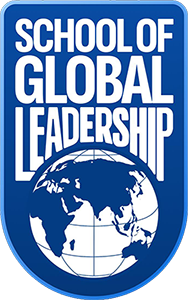
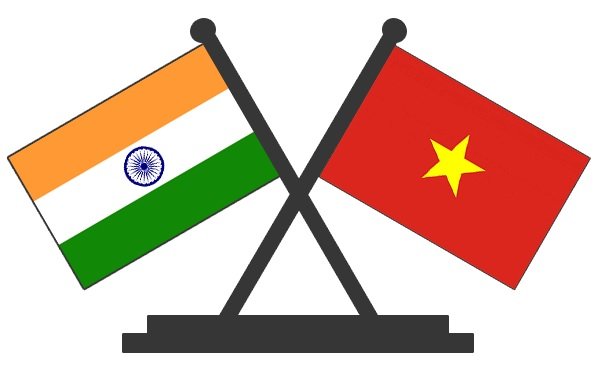

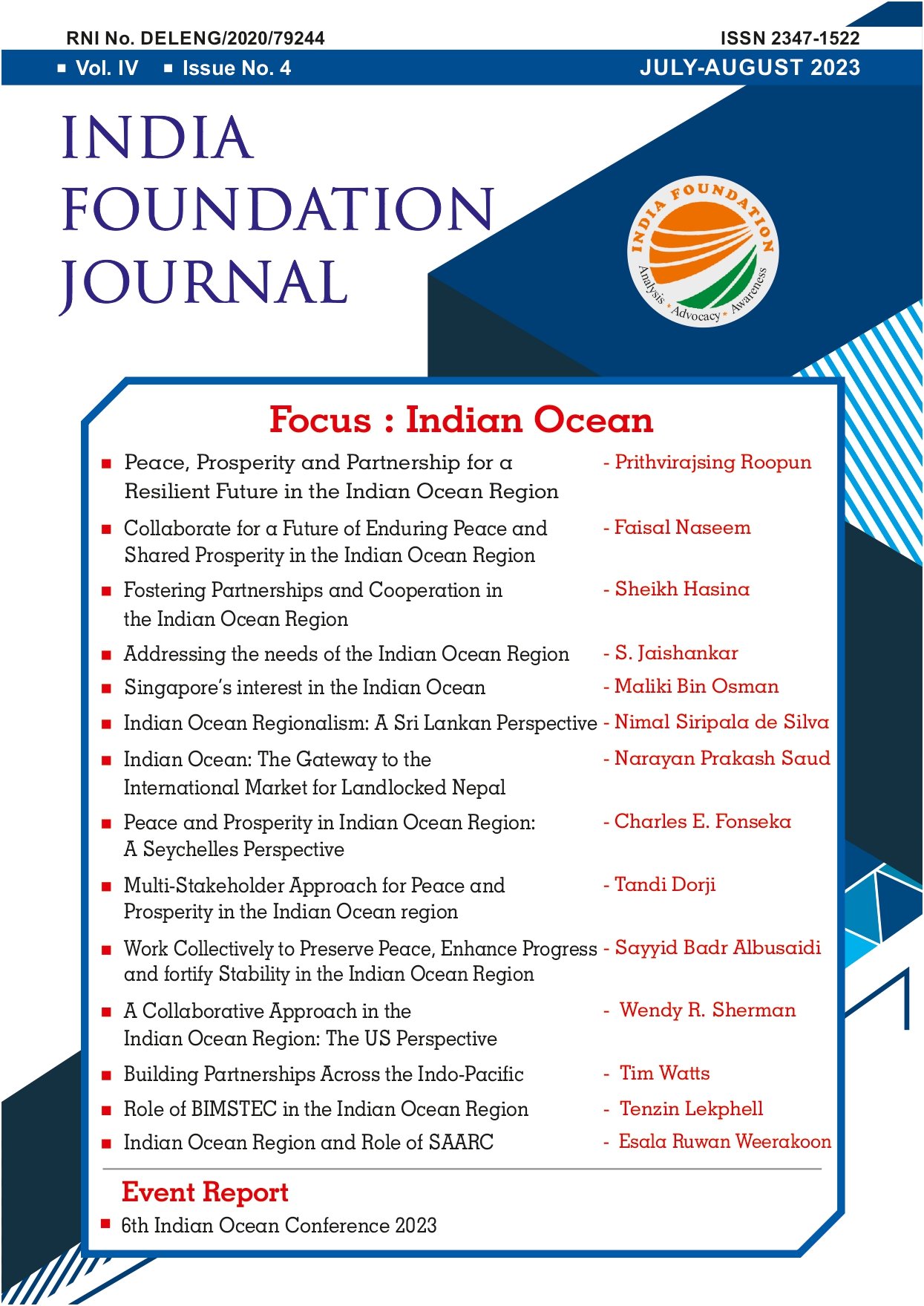

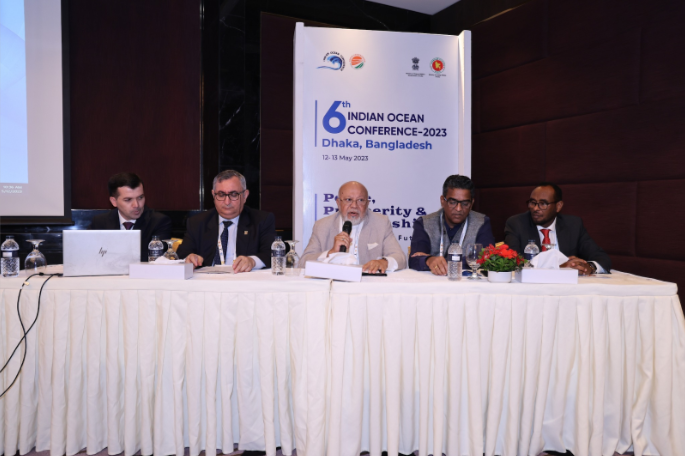
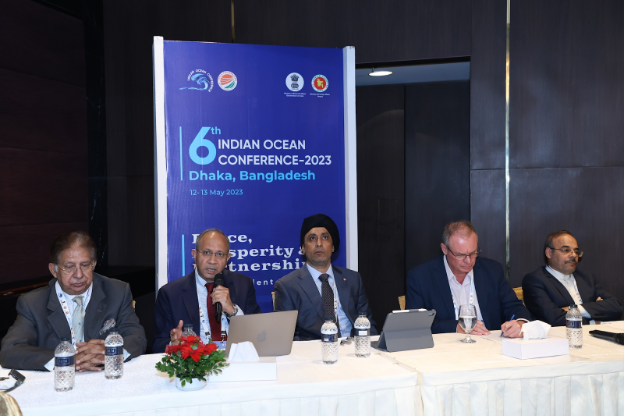
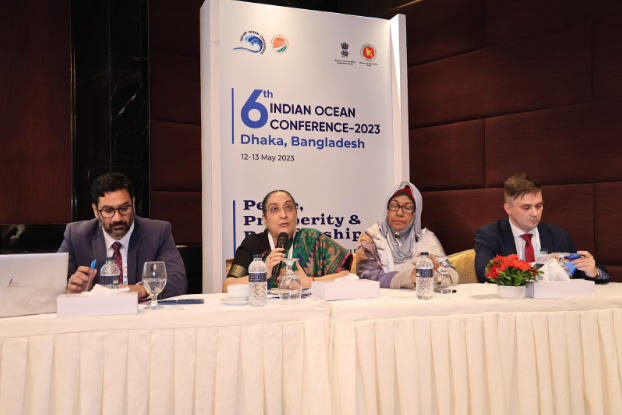
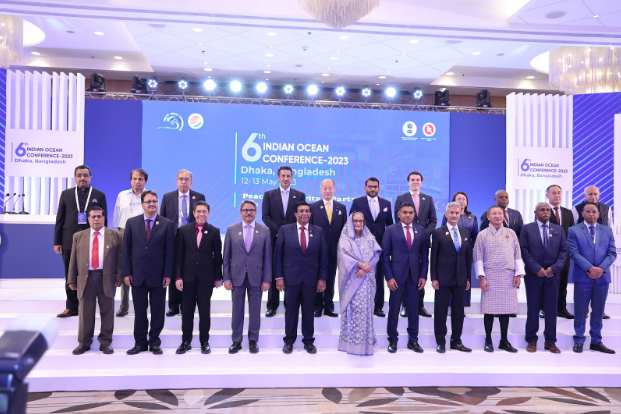
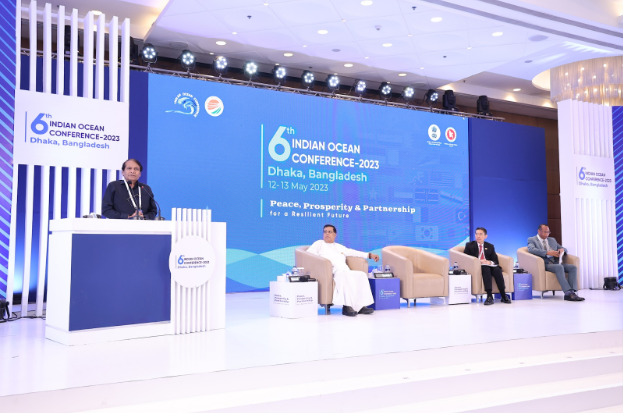
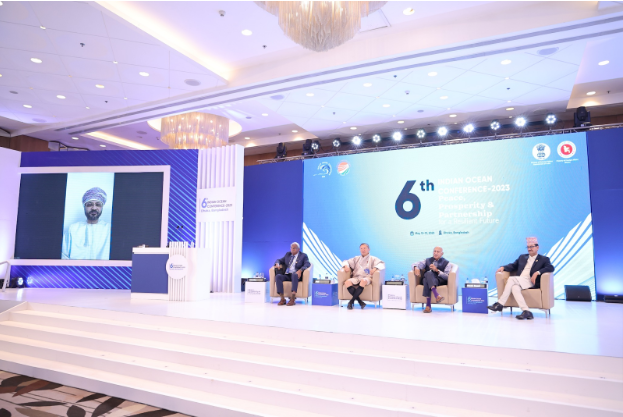

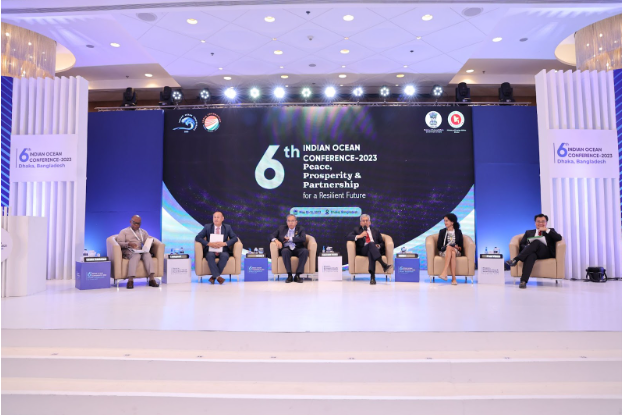
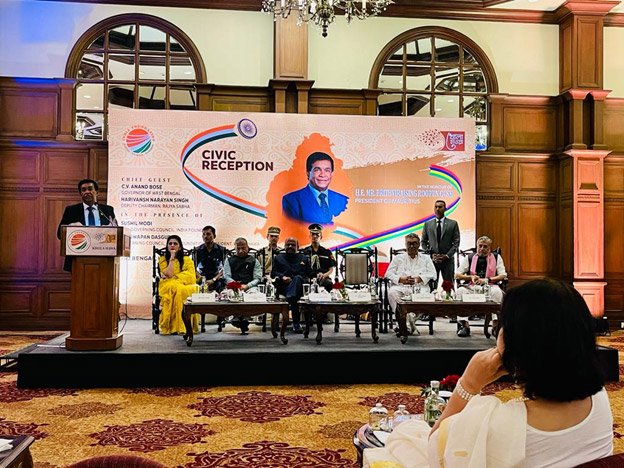
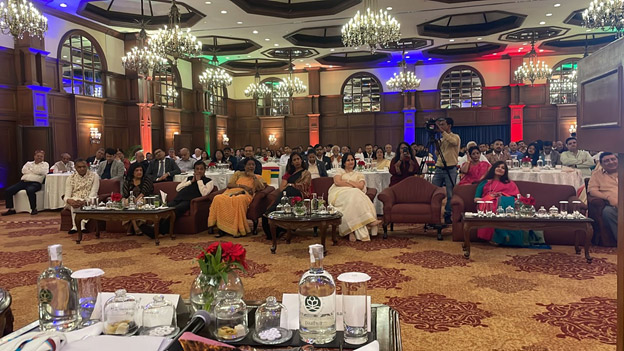
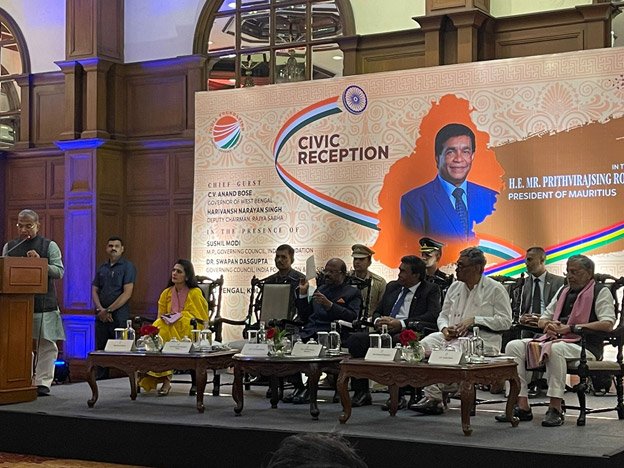




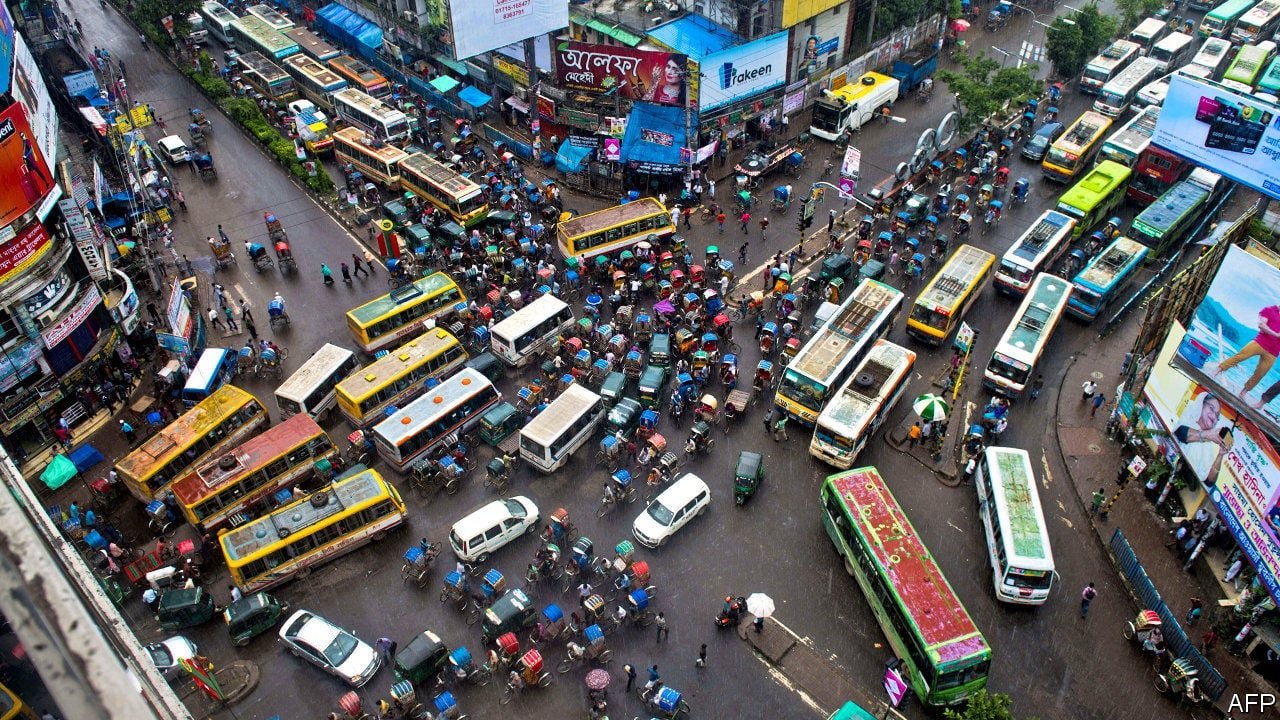

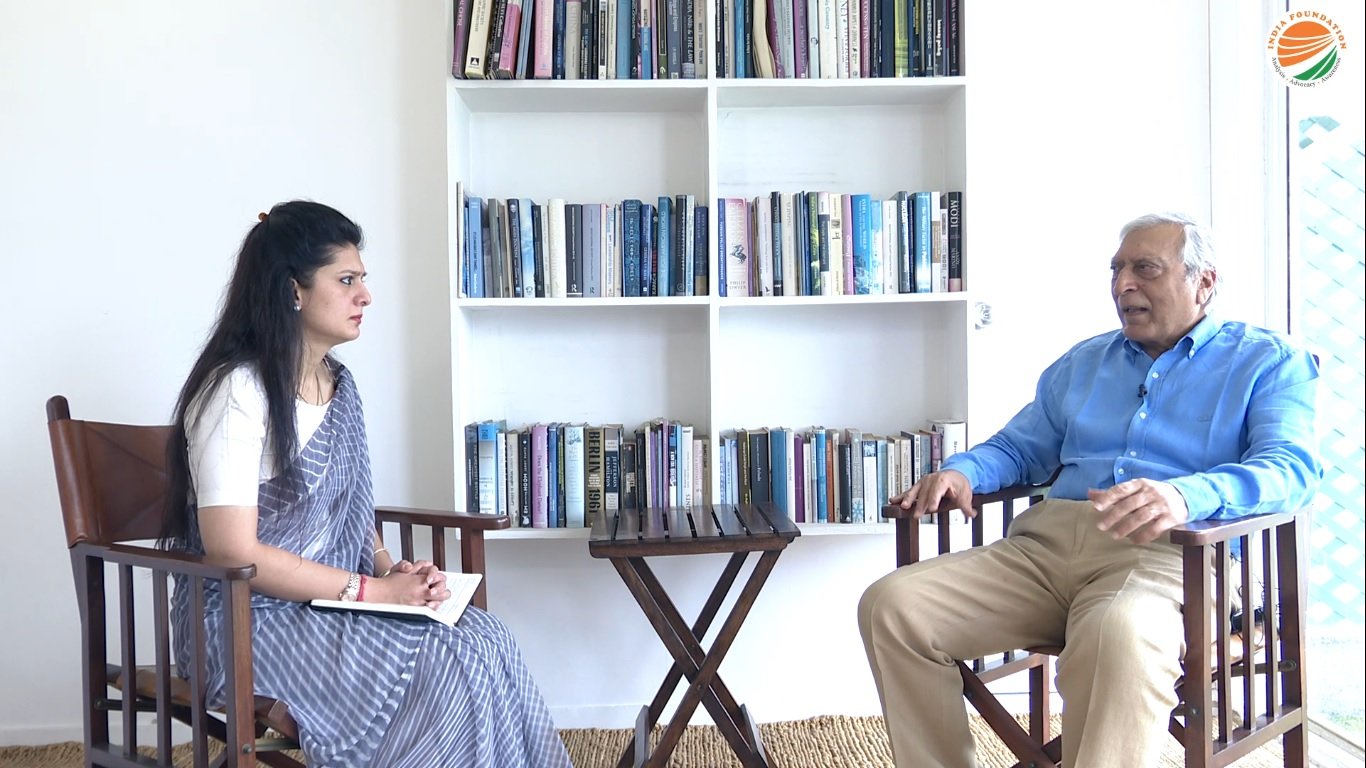
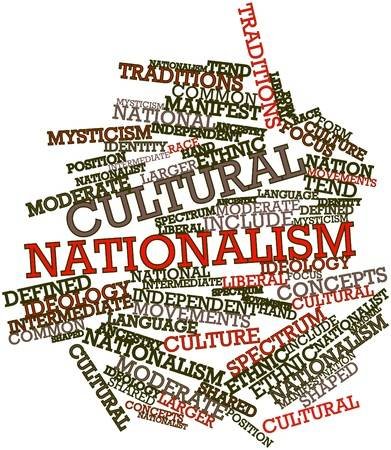
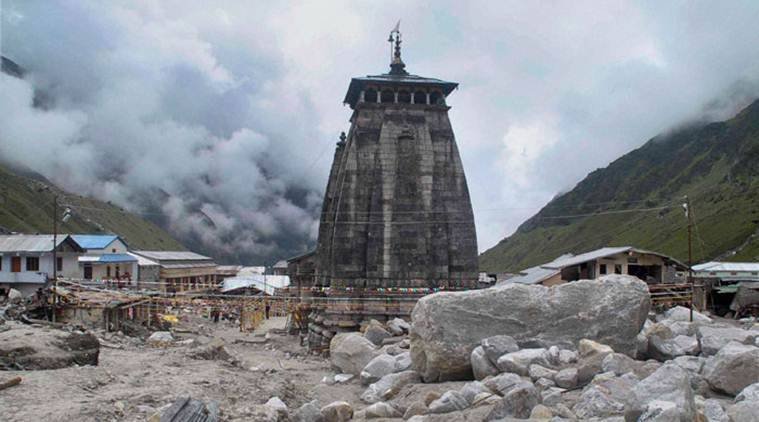
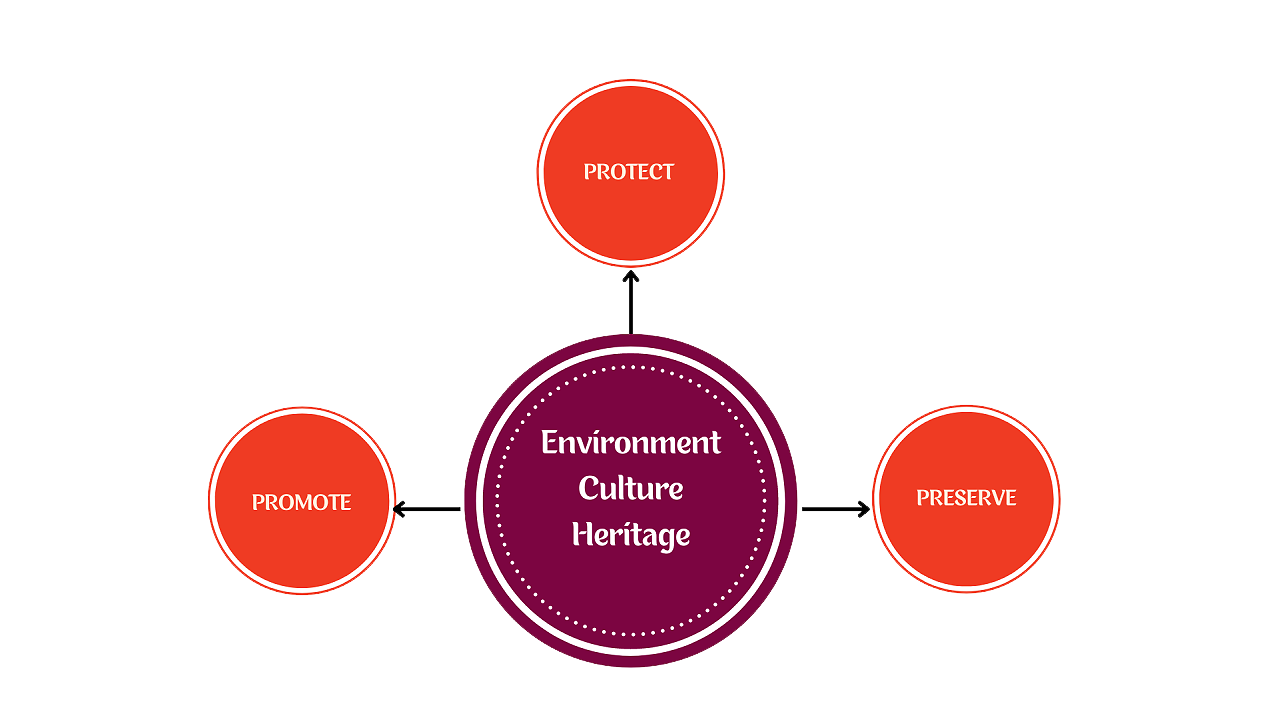
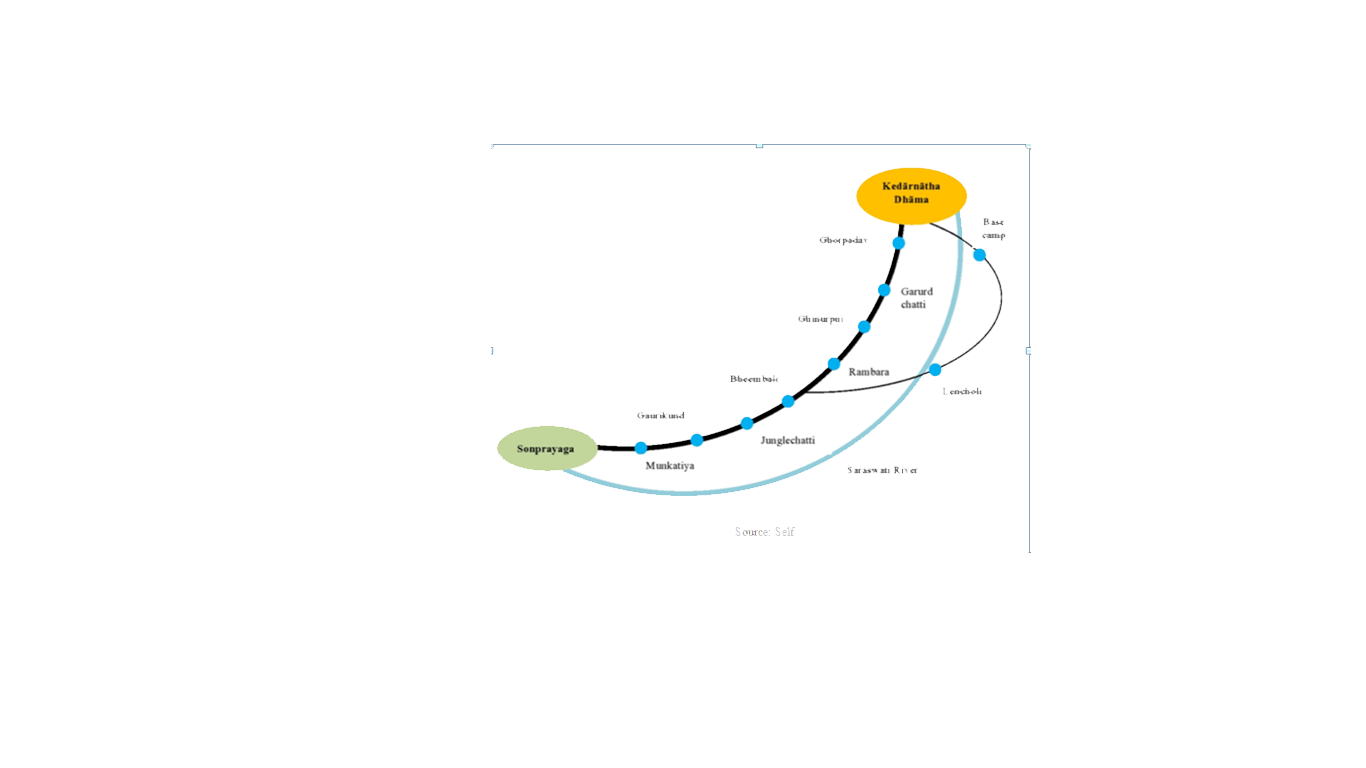 . Source: Self
. Source: Self
